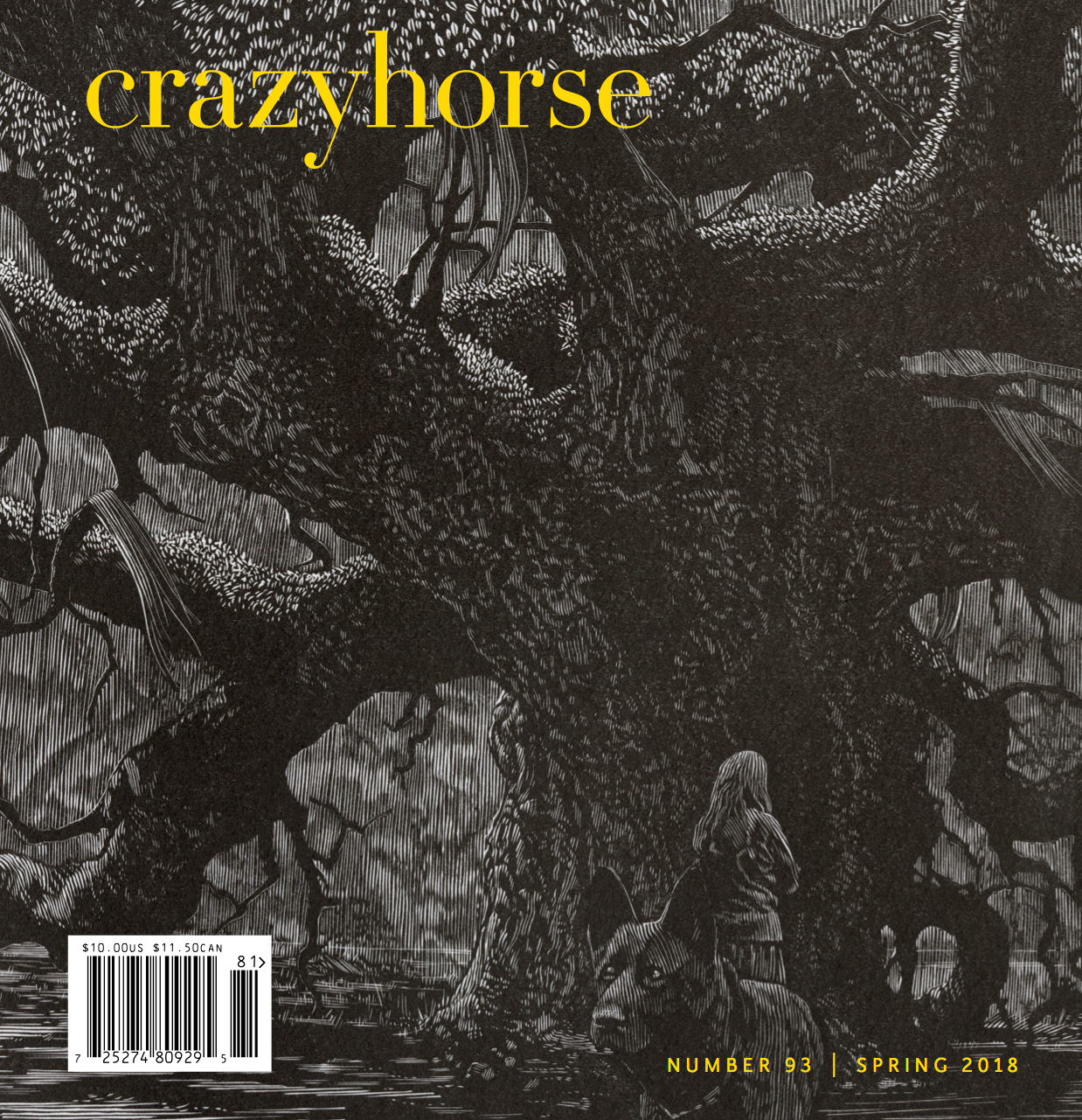
Kirkus Reviews called Joni Tevis’ essay collection, The World Is On Fire, “fiercely, startlingly bright.”
Joni Tevis is the author of two books of essays, The Wet Collection, and, most recently, The World Is On Fire. She has worked as a park ranger, factory worker, and seller of cemetery plots, and her nonfiction has been published in Oxford American, Bellingham Review, Shenandoah, the Pushcart Prize anthology, and Orion. She teaches literature and creative writing at Furman University, and lives in Greenville, South Carolina.
To read an exercise on writing with Keats’ negative capability Tevis’ essay, “Fairy Tales of the Atomic Age (Rock City),” click here.
For this interview, Tevis wrote about the inspiration behind her essay in what is perhaps the most detailed recollection of a writer’s zigzagging mental process that you’ll ever read.
Michael Noll
This is such a wide-ranging essay: Fairyland Caverns, the nuclear test in New Mexico, Rip Van Winkle, the preacher from your childhood, and a Civil War battle. The connections made complete sense as I read the essay, but I was also aware that these were connections that you made. They weren’t simply lying around, ready to be reported on. So, I’m curious about the origin of the essay. How did you begin making associations between these very different stories and events and places? How did you keep so many balls in the air without letting them drop? Was it difficult to keep the connections straight in your head as you worked?
Joni Tevis
I like to start research for an essay by going somewhere that intrigues me and just seeing what I can see. This essay began that way; I remembered Rock City from my childhood and went back for a visit as an adult, with the idea of writing about it. For me, this impulse isn’t primarily rational. I might not know why a place or idea or image appeals to me, but I try not to question that, at least initially. I’ll just go and see what’s there.
So I tried to approach the visit with a very porous mind and took notes on everything I noticed there, from the stuff in the gift shop, to the painted barns and handmade signs along the road up the mountain, to the recorded music and running water within Fairyland Caverns. And I’ll add that even though I like to start essays via this travel experience process, sometimes that impulse doesn’t lead anywhere—I have plenty of dead-end trip notes languishing in my notebooks. But you just never know what you might find.
The big surprise on that trip was the black light in the Caverns. I hadn’t remembered that at all, and I found it unsettling—the juxtaposition of childhood scenes with this very trippy light, light that we associate with drug culture. How to make sense of it? When I discovered that the sculptor who created those scenes did much of her work in the late 1940s, I made the connection to early atomic history, a period that had long fascinated me.

The Day the Sun Rose Twice has been called “definitive account of the days and hours leading up to the first nuclear explosion in history and the legacy it left.”
And this is where the traditional research component came in. I was teaching at UNC-Chapel Hill at the time and had access to the terrific libraries there. One day I was browsing the stacks when I saw The Day The Sun Rose Twice, a great book about the Manhattan Project and the Trinity explosion. The book pulled me—in a not-fully-rational way, the same way that the impulse to revisit Rock City had been. I couldn’t put the book down. It hit me that when I had been a child, worrying about the end-times sermons on Sundays, I was also worrying about the reports I heard on the evening news, about nuclear tensions with the Soviets. So that led me to more research about the Trinity test—which led, in turn, to a visit to the Atomic History Museum, out in Albuquerque—and then to archival research about the woman who created the scenes at Fairyland Caverns.
I traced some of the other stories from the Caverns back—that’s where the Rip Van Winkle research came in, and by moving back in historical time, I read more about the Civil War battle that had taken place on Lookout Mountain sixty years before Rock City was created. Research about the material culture of the place led me to the See Rock City barns that had helped to advertise it. And what had many of those those barns held? Tobacco leaves, which were fascinating to research as well.
Someone painted the barns. Someone planned the scenes in the caverns, poured the plaster. Someone even now changes the black lightbulbs. Just like someone built the bomb. I’m satisfied with the essay now in part because it draws attention to the things we make, and the meaning we make with those things. And I think it evokes this sense of “living in a haunted world” with which the rest of the book also grapples—the reality that we’re not the first to step onto this patch of ground or handle this clay or stone, and that by examining the relics and words that our forebears left us, we can live in a more deep, enriched way.
May 2015





Leave a comment